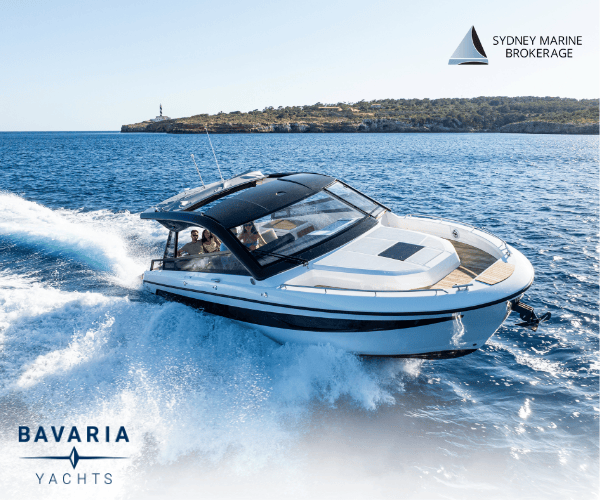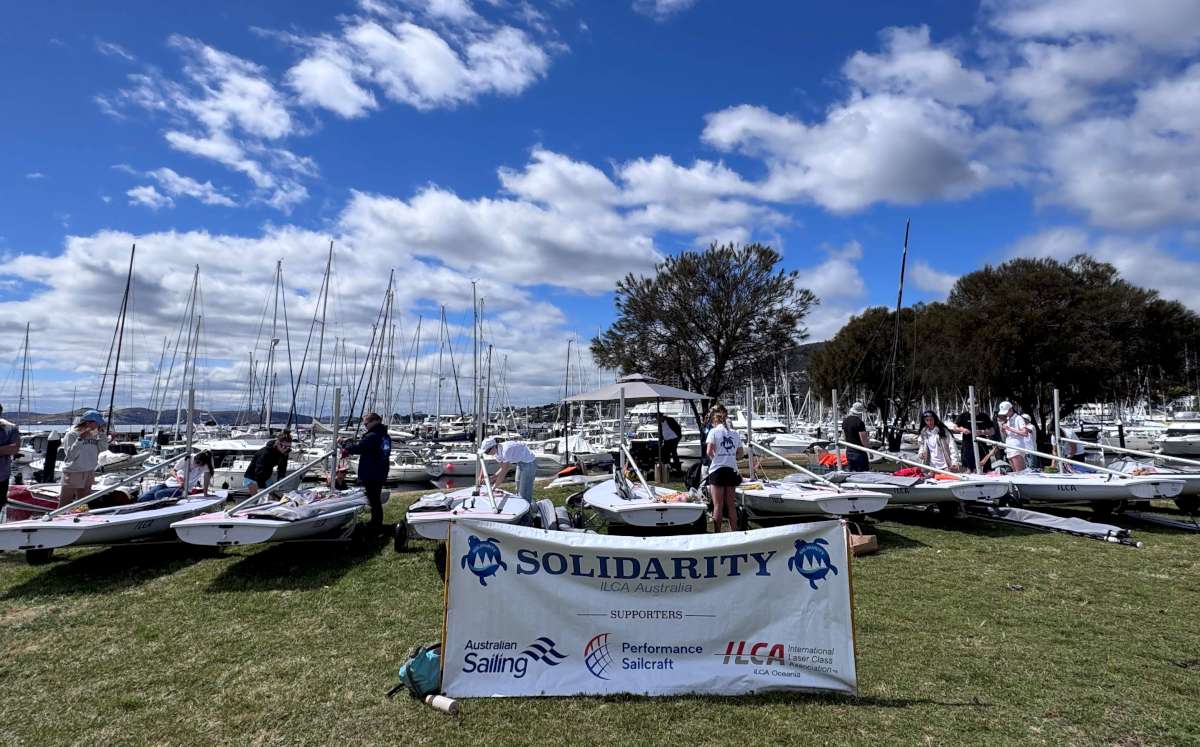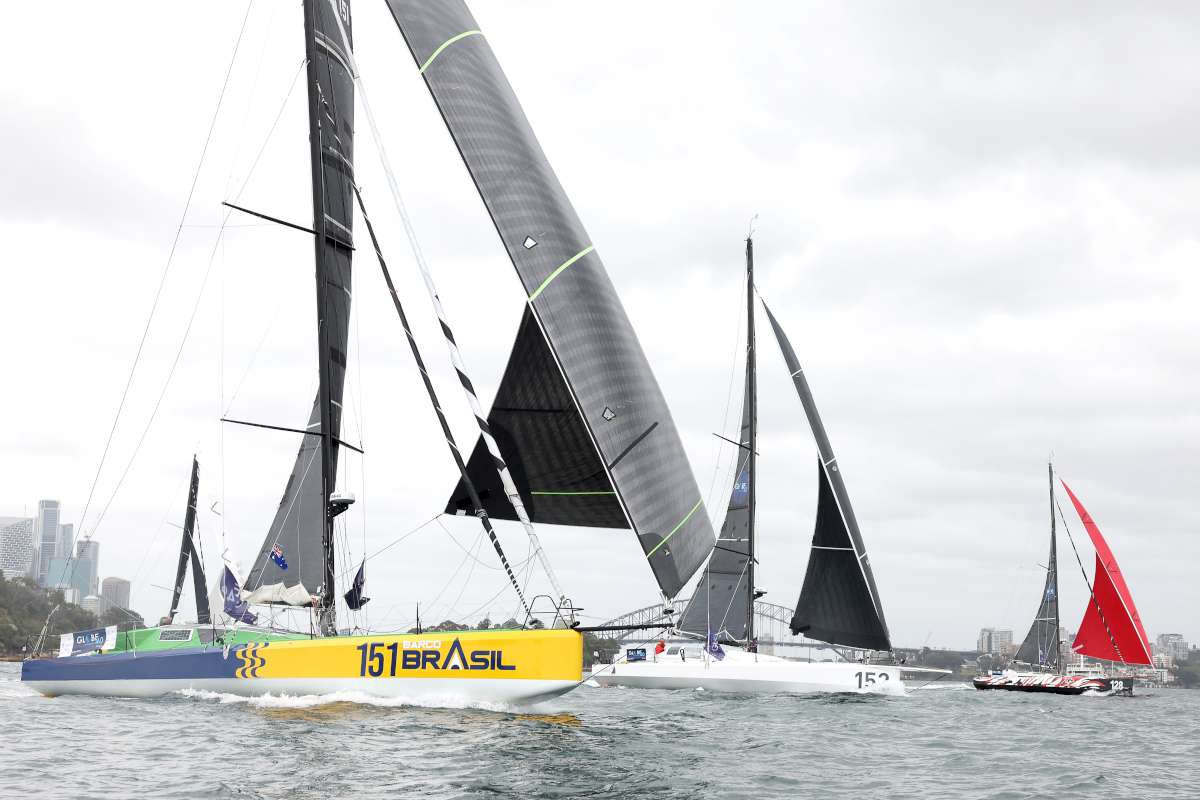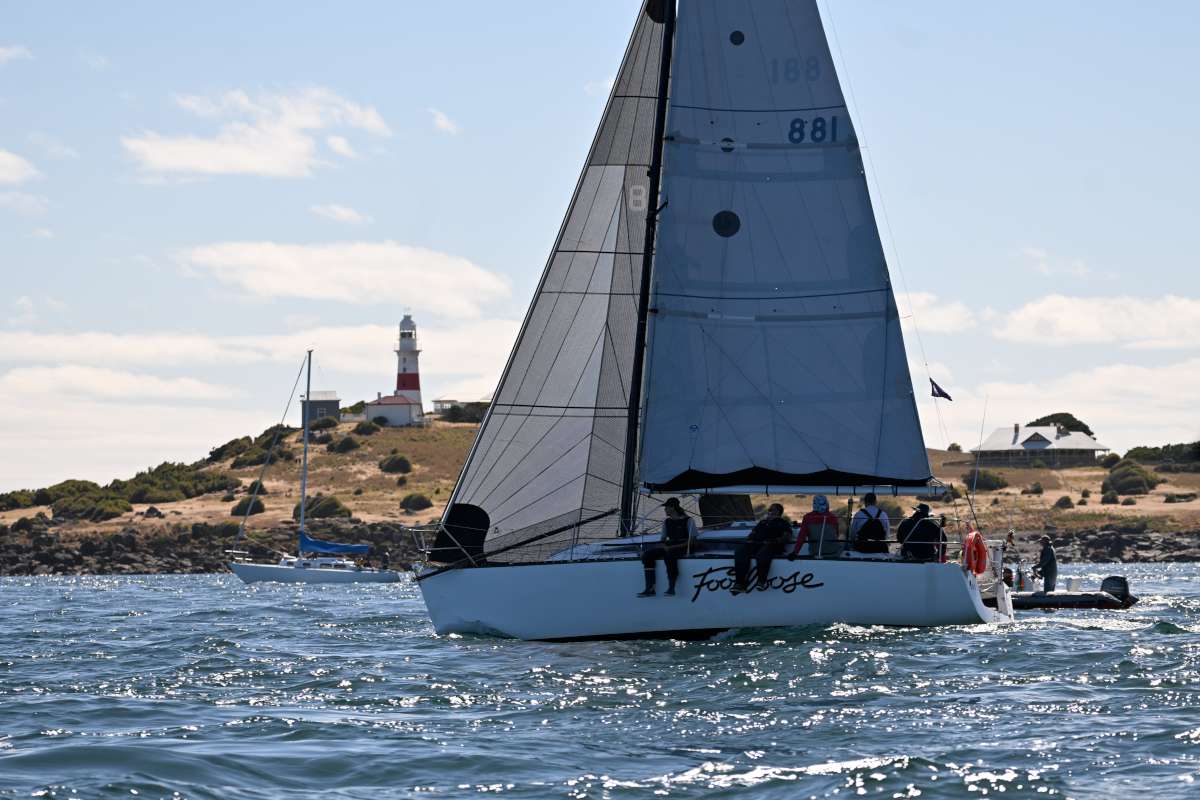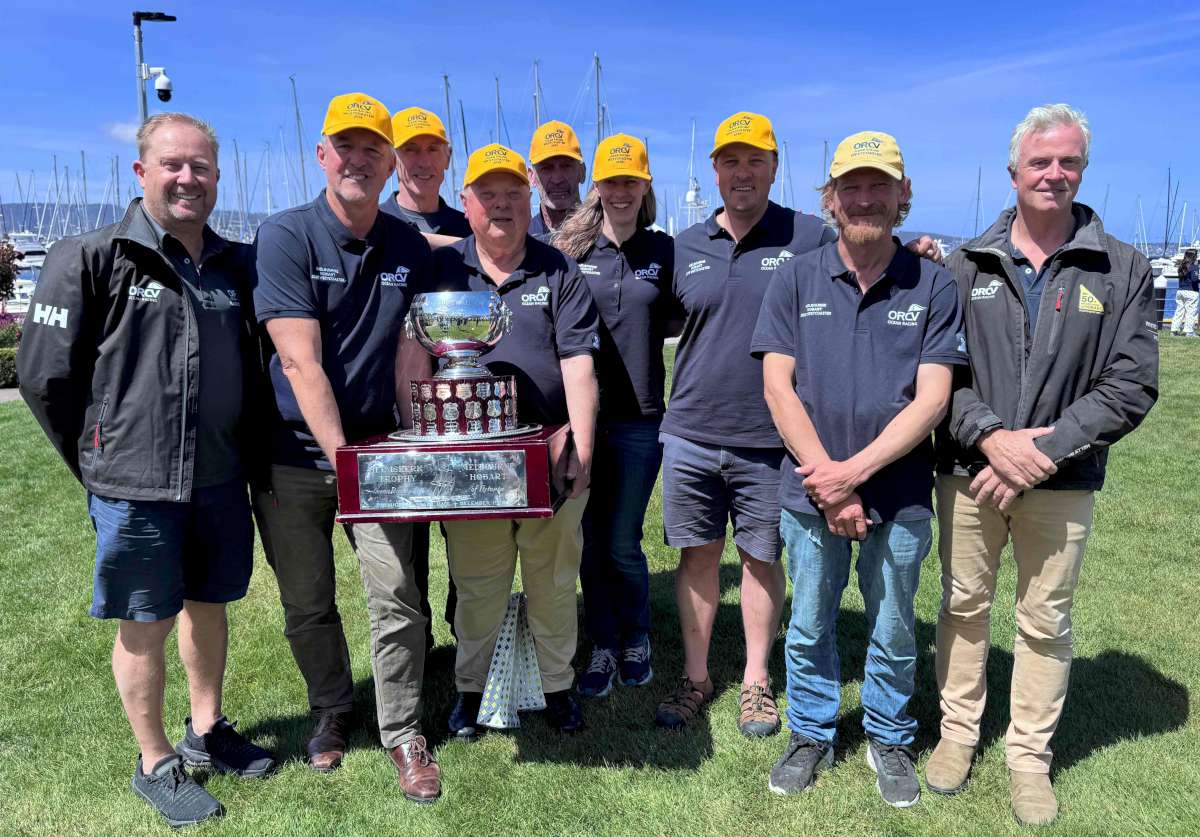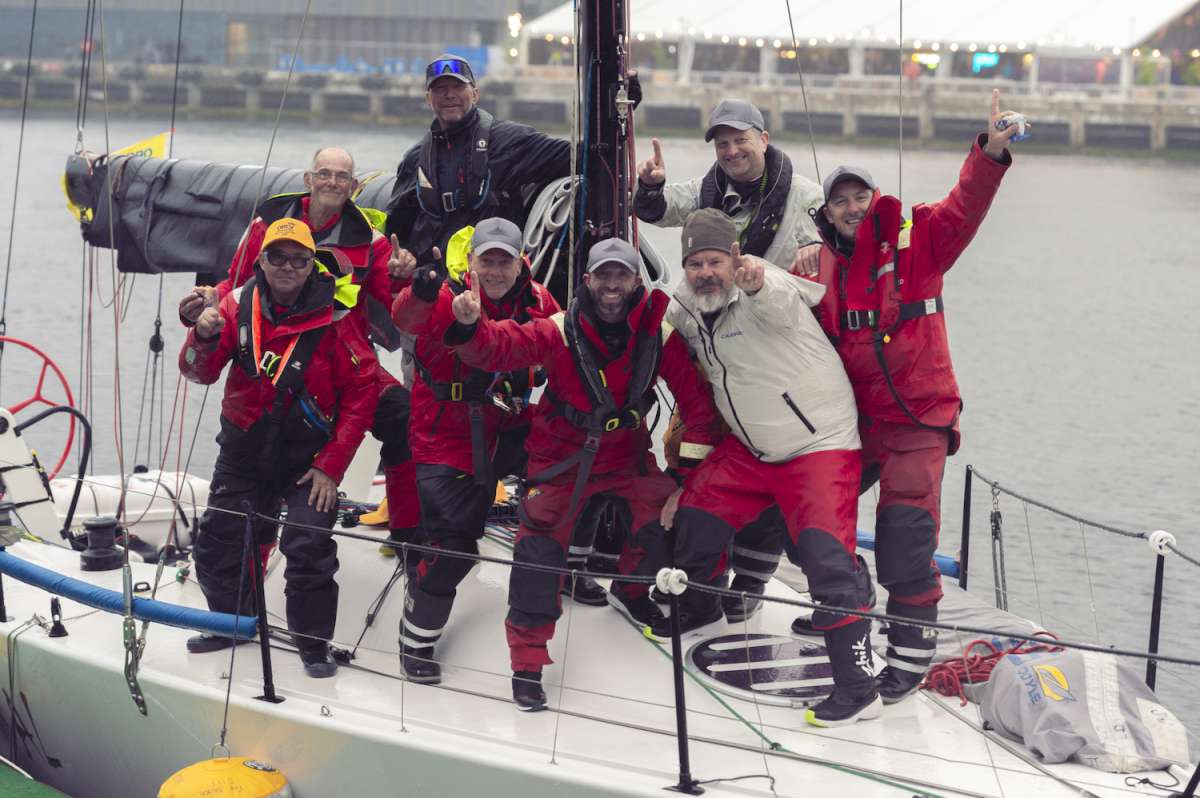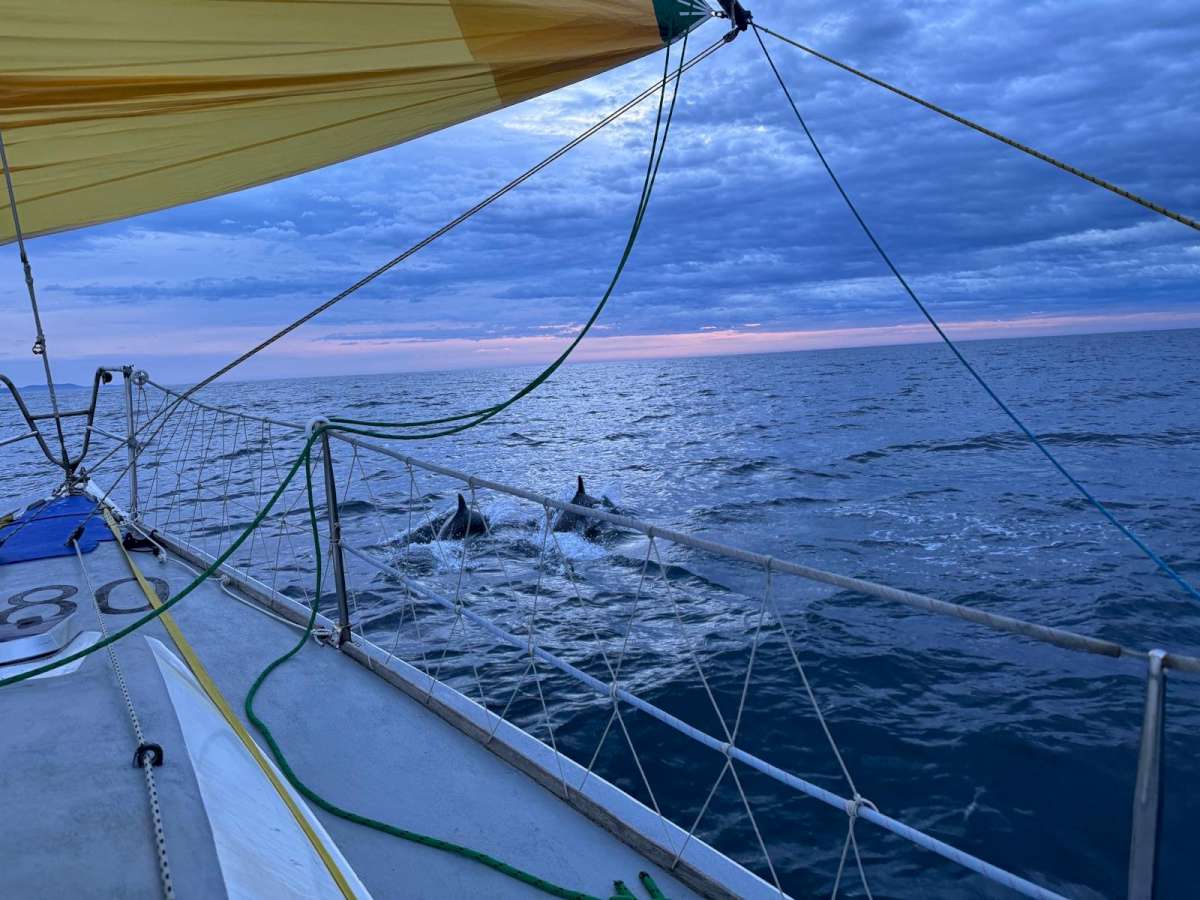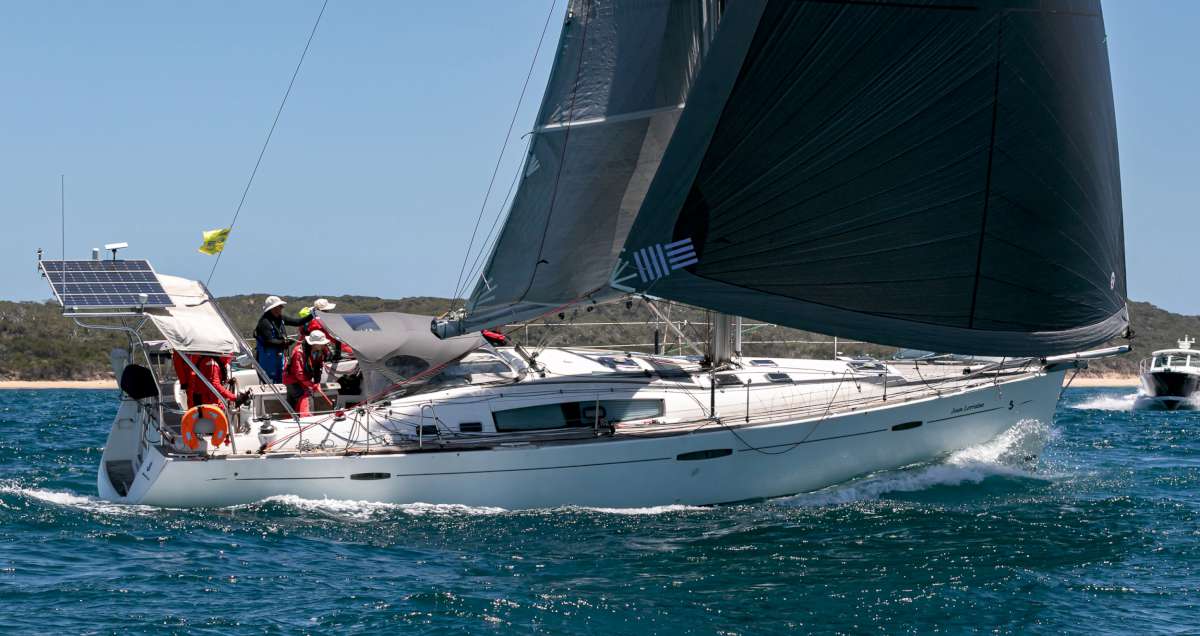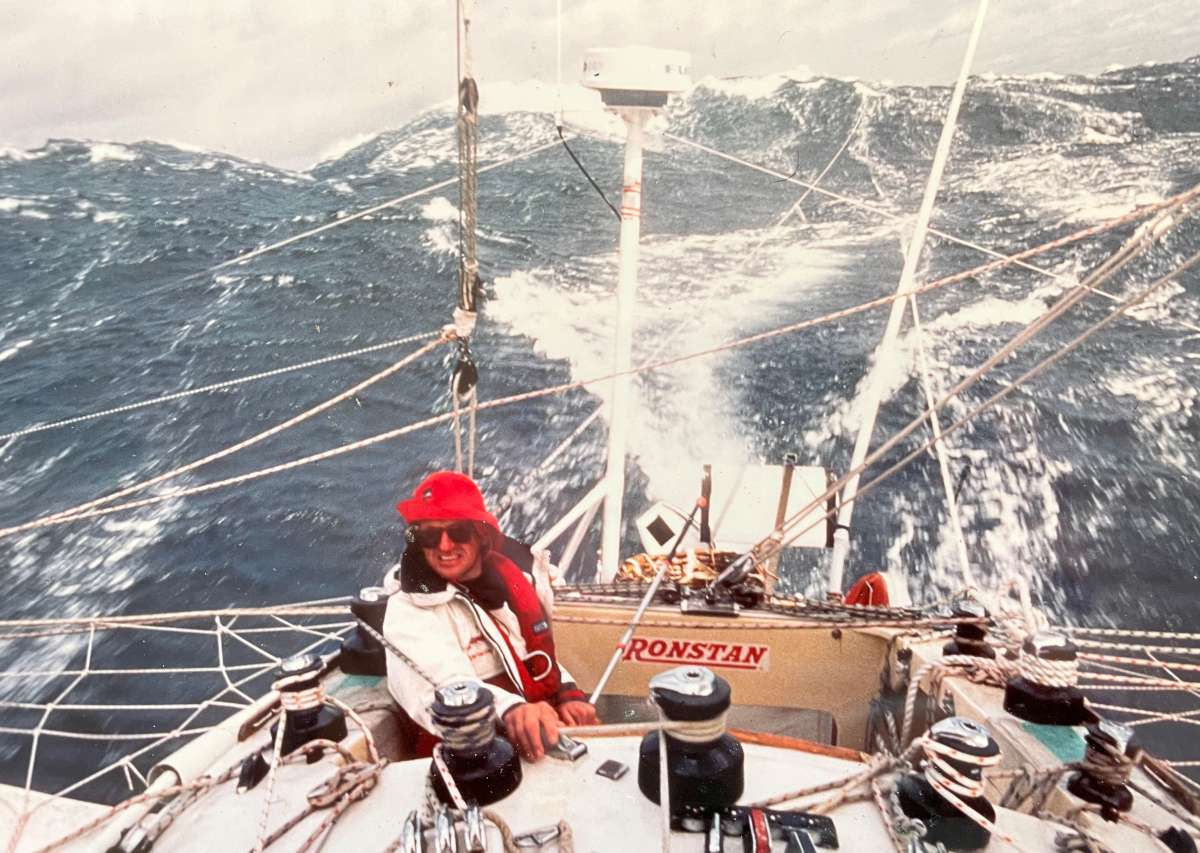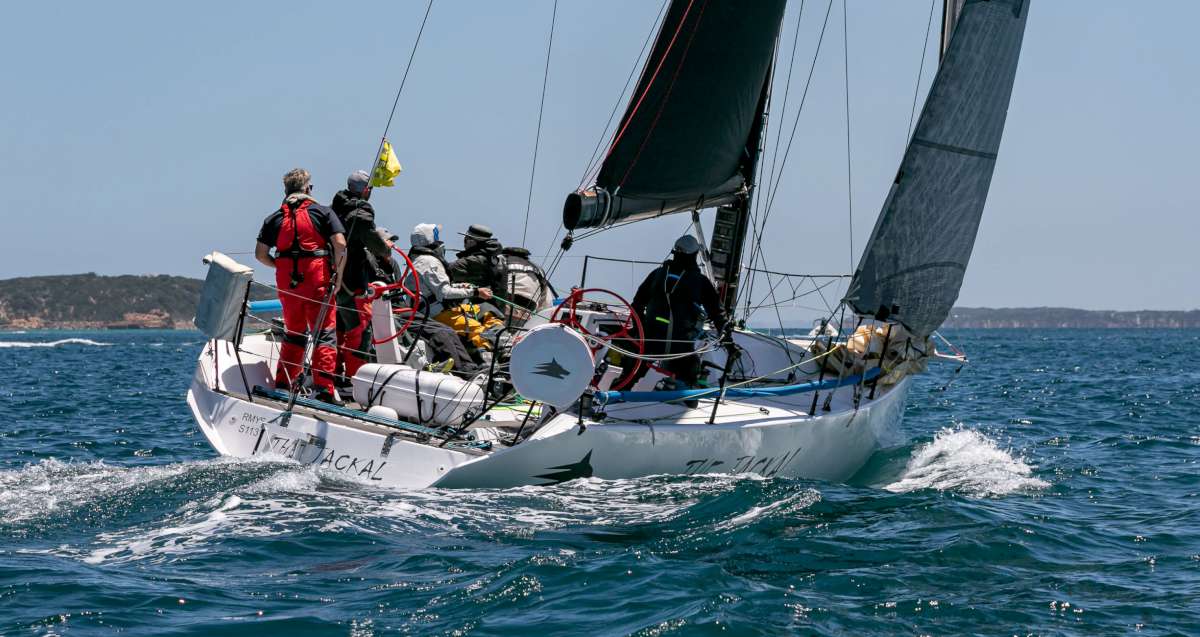The idea of building your own boat from scratch is daunting, but many DIYers are altering the odds for a successful outcome in their favour by buying a kit, reports Jo Djubal.
Building your own multihull is an admirable, if not often daunting project. Beginning from scratch with a set of plans and materials list is the way many successful owner-builders have approached the adventure.
But what if everything could be made a lot easier by way of components arriving pre-prepared and delivered to your door like a big multihull jigsaw puzzle that you just have to piece together?
Although a simplistic image, this is in essence what the kit boat craze is all about – making the task simpler, promoting owner-builder confidence, saving money and getting out on the water faster. It's a concept being embraced by many aspiring to build their own multihull and the range of designs on offer continues to grow as designers meet demand. But what are the main benefits and just how easy is it to build with a kit? What factors help ensure success?
Why a kit?
Craig Schionning has been building boats for 20 years. His Spirited Design company offers a range of kit designs. Craig created his SAS (Spirited Assembly System) in an effort to make things easier for the owner-builder. He sees quality control as a big plus in the kit concept.
“We source only the best quality and lightweight materials to be incorporated in the kit package,” he said, “and we have full control over what is supplied to the builder, which lessens the temptation to degrade the integrity of the design by opting for cheaper/inferior products.
“Another benefit is that with the entire boat being pre-cut as well as the moulded sections supplied pre-fabricated, the builder is less likely to modify the design, leading to devaluation of the brand.”
Peter and Suella Care initially decided on a kit because they wanted a design that entailed as little fairing as possible. “However, this limited the market to some extent,” Peter said. “After much research, the Spirited 380 fitted all our criteria.”
Andrew Pounder is another happy kit builder. Andrew and his family have just completed a nine-month cruise up the east coast on their Fusion 40.
“The kit option wasn't the key driver in my decision,” Andrew said,” but rather an additional benefit along the way. My primary decision-making criteria was based around building a leading design that had certified quality endorsements and allowed me to customise without risks or penalties.”
Sixty Fusion kits have been sold and approximately 35 of these are now launched and cruising the world. Jim Gard, CEO of Fusion Catamarans, believes the main benefit in kit building is cost saving.
“But this is closely followed by the satisfaction of producing your own production-quality custom vessel,” he said.
“You get to choose your own fabrics, colours, timbers, fittings, engines and hardware. You can also build to a time frame which suits your income stream, whether it is six months or six years.”
Renowned multihull designer Derek Kelsall pioneered the kit concept in 1973 with his kit panel system. He sees the kit as a good compromise between cost, time and effort to complete. He also agrees the option to customise your fitout is a benefit in kit building. “Not all need the typical cat layout,” he said.
What will you save?
Craig Schionning believes kit boats have come a long way.
“In the old days, a kit was a bundle of sticks with some very sketchy plans,” he said. “Nowadays, they can save countless hours and back-breaking work. To compare a Spirited 380 kit against a typical custom build involving intensive lofting, cutting, strip-planking and fairing, I would estimate a kit would save at least half the build hours, which amounts to considerable savings.”
Jim Gard estimates a saving of as much as $200,000 on a Fusion “If you don't value your time during assembly!” he adds.
“It can be as much as half,” Derek Kelsall said. “Particularly if you keep the specifications simple. If using your own premises and not counting your own time, the savings in overheads and management costs can be a lot.”
Andrew Pounder said in the case of a Fusion you could have a completed shiny shell sitting on its cradle within three to four weeks of delivery.
“That's a lot of labour, fairing and paint saving in my book!”
He said anecdotal evidence suggested build times and therefore costs were radically reduced with the introduction of kits versus starting from scratch.
“The other saving is the mitigation of risks, which are significantly reduced in building a component-based vessel,” he said.
What skills do you need?
“Nearly all of our amateur builders are first-timers with next to no prior experience,” Craig Schionning said.
“Of course, any practical experience will help, whether its house renovations or building your own furniture at home. We've found that people do things at their own speed. If they're less confident with less skills, they will start off more slowly whereas others hit it hard and keep a good pace.
“The fact that so much is already done for the builder means less skills are required.”
Peter Care supports Craig's claims.
“The Spirited building method is relatively easy with no previous boat-building skills needed,” he said.
However, he does admit that coming from a family of carpenters and having built a few houses gave him a solid understanding of the appropriate tools needed to get the job done. Jim Gard recommends listening, reading, researching and having a basic home handyman attitude.
“All the information regarding assembly is supplied by Fusion through our builder's website, which also helps immensely,” he said.
After building his Fusion 40, Andrew Pounder nominates passion and a sense of adventure at the top of the skills list.
“But you also need to be open to learning, taking advice and experiencing new things,” he adds.
“Some management ability and a set of basic practical skills is also a must. Any sort of vessel construction requires vision, determination and stamina but kits fast-track these requirements when compared with building from scratch.”
With more than three decades of involvement with the owner builder, Derek Kelsall thinks a general ability for making things is more important than particular skills.
“The most unlikely people have produced some fine craft,” he said.
“The installation of equipment is where expert guidance is perhaps the most critical.”
OK, so you don't need an engineering degree to build your kit multihull but what about when you need a little advice?
Help and support
You are far from alone when building your kit, with most companies offering comprehensive workshops and/or ongoing support.
“Our workshops are a great way for prospective clients to see what's involved in building one of our boats as well as getting to know us a little better before committing to their project,” Craig Schionning said.
“We also invite existing clients who are building to attend to brush-up on their skills as well as giving prospective clients the opportunity to talk with our builders about their experiences. Our plans are very user-friendly and we also supply a CD-ROM with step-by-step instructions accompanied by photos.”
Peter Care also found Craig's personal help always at hand. “Craig is almost always available to talk to over issues with the design and processes used for construction,” he said.
Derek Kelsall strongly believes in the value of hands-on workshops and thousands of builders have benefited greatly from attending these. “Of course, we're also always available for advice,” Derek adds.
Fusion builders have access to a multihull building website that has all information readily and simply available.
“We also have an assembly person or team, if required, to get the boat in the water faster,” Jim Gard said.
“Our ‘Prime Fusion' support system offers any level of support the builder needs for the duration of the build, even covering project management and materials supply which is especially good for international clients.”
How long will it take?
“It's very hard to supply accurate building hours for each of our designs,” Craig Schionning said.
“But with more now being built we can estimate a more accurate average. Professional builders can build a Spirited 380 in around six months, whereas an amateur builder may take two to three years part-time.”
Peter Care said seeing his Spirited 380 take shape at a fast rate was extremely satisfying.
“We spent three months building bulkheads and positioning all the components of the 380 in a way we could fix them in place in a short period of time. Over Christmas 2006 we installed all the bulkheads, installed the chamfer panels and had the bridgedeck floor in place. A cat appeared very quickly. A great feeling!”
“Enthusiasm and family co-operation are important where build time is concerned,” Derek Kelsall said.
“Some owners do look a long way into the future. The best projects I see are those where the builders get stuck in and are looking at a year or two at the most. One of our clients built five Kelsalls (with some hired help), each taking about nine months.”
Fusion Catamarans recommends you allow at least 3000 hours build time. Andrew Pounder completed his Fusion 40 in 18 months.
“With everything you could wish for and ready to go cruising. If you had two or three people working with you, it could be finished far more quickly,” he said.
Avoid kit-astrophe/do your homework!
As with any project, there are pitfalls to be avoided and factors to consider before taking the plunge into kit boat building.
“I see losing enthusiasm as the biggest hazard,” Derek Kelsall said.
“Visible progress maintains enthusiasm. Do your homework and make your own decisions. Nothing in kit-boat building is outside the capacity of the average individual with some manual skills. But beware of opinions which are so often handed out by others claiming expertise!”
Andrew Pounder echoes the danger of heeding opinions.
“Clarify your thinking, define what you want, lock it down and develop a high-level plan,” he advises.
“I've found that without this approach, a lot of re-work creeps into the project and often clear expectations are not effectively communicated because there is no solid reference point – ideas and methods continue to change depending on the last ‘experts' opinion!”
Jim Gard recommends reading Fusion's builders' website: “This will save a lot of time wasting and also help with adding resale dollars.”
Craig Schionning also stresses the importance of research on the chosen design, along with a full understanding of what is involved in building.
“And also the final cost,” he adds.
“Especially if it's a part-time project. It's always a shame to see half-finished boats either come to a stand-still or come up for sale. This relates to doing your homework before starting.
“Another major risk of building yourself is reacting to the materials. I've seen this in many cases where the project can't continue due to allergies to the material – very heart-breaking for the builder.”
What about resale?
There's obviously a time when you will want to sell. Resale value is a valid consideration when considering the kit option. However, it seems today's owner-built kit boats stack up very well in the multihull marketplace.
“A conventional-type kit multihull will, at best, return material costs when it comes time to sell,” Jim Gard said.
“Part of the problem is that a buyer has no knowledge of how it was manufactured, and what type of materials or quality were involved. Fusion has taken the responsibility of producing CE-certified components, which are manufactured in a superior manner to most production boats, and from a resale point of view have been achieving prices better to or equal to those of production vessels.”
Craig Schionning agrees.
“It has been proven that a well-finished kit boat can sell for the same or sometimes more than a similar production boat depending on the finish. In the case of our kits, the construction materials used are of a much higher-quality and standard than that of the typical female moulded production boat. So potentially a well finished Spirited boat should be worth more than a similar production boat built from lower-tech materials.”
Derek Kelsall said simply: “Keep the standard of finish high and the value will reflect it. Cut corners and it will look like an amateur finish and lose value. If I knew the owner-builder, I would have just as much, if not more confidence in the boat. He will always have an interest in the final product, which may or may not be true of the boat-builder on a wage.”



